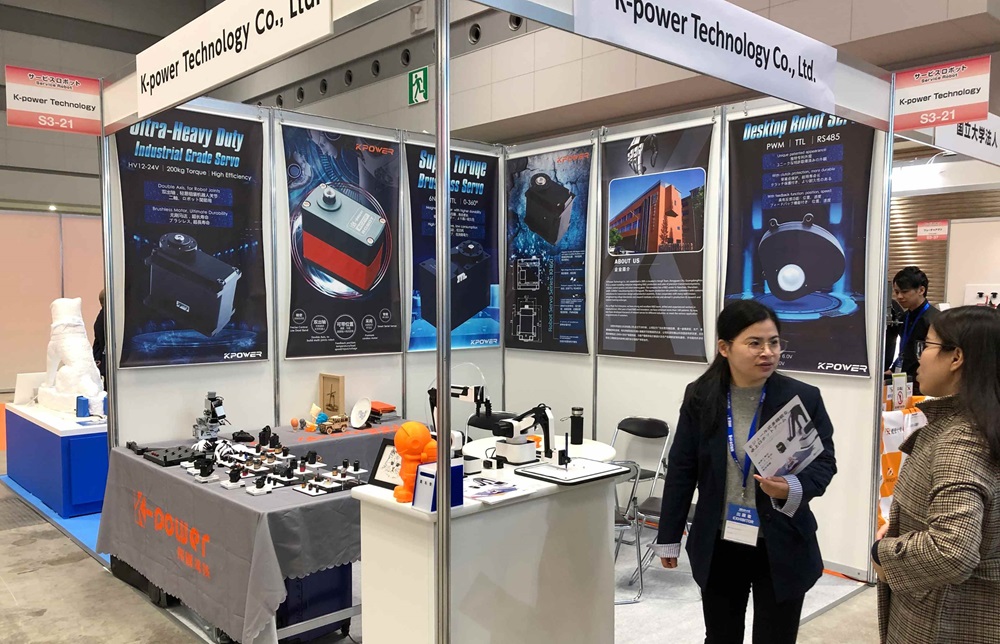Imagine wiring up not just one, but two servo motors onto your Arduino project—sounds like a cool challenge, right? But what makes this setup exciting isn’t just the mechanical movement, it’s the code that makes everything tick. And that’s where the magic of a well-crafted “two servo motor Arduino code” comes into play.

Picture this: You’ve got your Arduino board, and you’re eager to make two servos dance in sync—or maybe with a bit of a twist—each responding to different inputs or commands. Whether you’re tinkering with robotics, an automated camera rig, or a custom art installation, being able to control two motors separately opens up a universe of creative possibilities. The key is writing a code that’s not only precise but also flexible enough to handle real-time adjustments.
Now, I want to delve into what makes a good two servo motor code stand out. It’s not just about shifting the servos here and there. It’s about smooth, responsive movements. For instance, you might want the servos to move gradually from angle A to B, rather than jumping abruptly. That involves implementing functions like “write” with delay or incremental steps, essentially creating a mini motion controller right in your Arduino sketch.
Another thing to consider is how to handle inputs. Do you want manual control with potentiometers? Or perhaps sensors dictating the motion? The code needs to be adaptable. I’ve seen setups where people use buttons to toggle servo positions, and others where a single potentiometer influences both servos simultaneously, but with different scaling factors. It’s all about customizing the routine to fit the goal.
Sometimes, just a simple code snippet can make your project come alive. For example, initializing two servos with straightforward commands, then adding loops that shift their positions incrementally—suddenly, your robot limb moves gracefully, mimicking human gestures. The beauty is that, even with minimal code, you can achieve surprisingly fluid motion.
And the real finesse? Think about adding feedback loops—maybe a sensor that detects position or tension, feeding that info back into your control algorithm. It’s like giving your project a tiny brain to make smarter decisions.
Questions often pop up: “Can I run these two servos with a single power supply?” The answer is yes, but ensure it can handle the current draw. And another thing—don’t forget about the servo calibration. Each servo might need a small tweak in the code to get the exact angle you’re aiming for.
Here’s the best part—building your own dual servo project doesn’t require fancy equipment or complicated software. Just a handful of components, some patience, and a good script. Once you see your servos move to your commands, it’s hard not to feel a rush of satisfaction. Whether you’re fiddling with hobbyist projects or pushing the boundaries of what’s possible with Arduino, a solid “two servo motor Arduino code” is your gateway to creating something impressive.
So, if you’re curious about the exact steps, or looking for specific code snippets, ponder no more. Dive into the options—experiment, tweak, and see how even simple commands can turn into intricate, motion-filled masterpieces. Happy building!
Established in 2005, Kpower has been dedicated to a professional compact motion unit manufacturer, headquartered in Dongguan, Guangdong Province, China. Leveraging innovations in modular drive technology, Kpower integrates high-performance motors, precision reducers, and multi-protocol control systems to provide efficient and customized smart drive system solutions. Kpower has delivered professional drive system solutions to over 500 enterprise clients globally with products covering various fields such as Smart Home Systems, Automatic Electronics, Robotics, Precision Agriculture, Drones, and Industrial Automation.




































